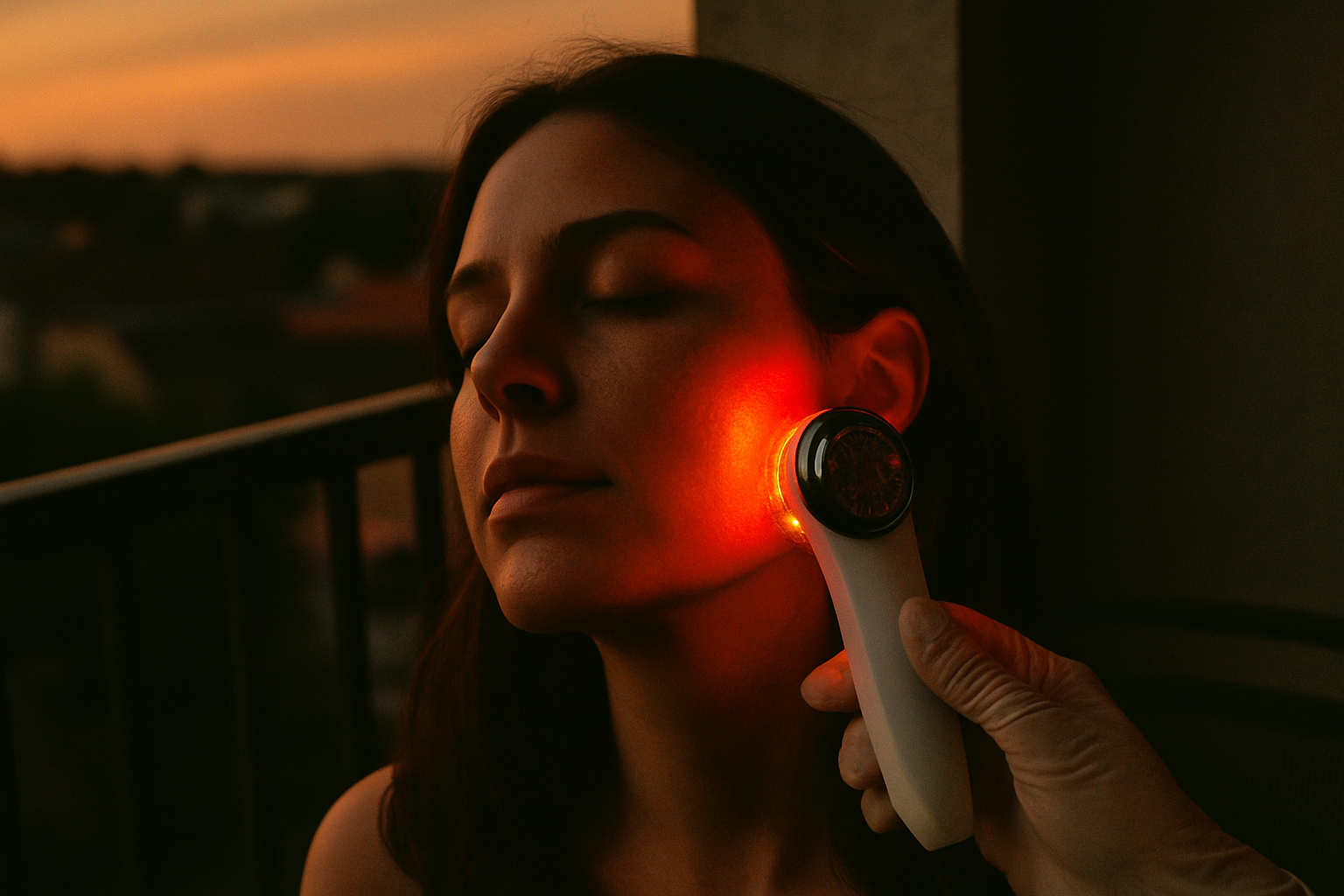What Skin Cycling Actually Is
Skin cycling is a structured, dermatologist backed approach to skincare. Instead of layering every active ingredient retinoids, acids, exfoliants night after night, you follow a set weekly rhythm that gives your skin time to work and time to rest.
Think of it like training your muscles: you don’t hit the gym with the same workout every day for a reason. By rotating products with powerful ingredients and building in recovery nights, skin cycling helps avoid irritation, peeling, and sensitivity all while keeping long term benefits intact.
It’s especially useful for sensitive or reactive skin types. No guesswork. Just a repeatable, low stress routine that balances performance with protection. The idea isn’t just to fix your skin today it’s to keep it healthy and functioning well for the long haul.
Why Skin Cycling Still Matters in 2026
The Problem with Modern Skincare Routines
As skincare becomes more ingredient focused, many people unintentionally overuse actives like retinoids, AHAs, and BHAs. This can result in:
Increased skin sensitivity and redness
Irritated or compromised skin barriers
Decreased effectiveness of high performance products due to barrier dysfunction
Why Skin Cycling Is Still Relevant
Skin cycling provides a structured approach to using potent ingredients without overwhelming the skin. By scheduling recovery nights, it allows your skin the time it needs to rebuild and maintain resilience all without sacrificing the benefits of active treatments.
Benefits of cycling over daily use of actives:
Supports long term skin health and stability
Reduces the risk of over exfoliation and irritation
Encourages deeper, more effective absorption of ingredients over time
Backed by Science and Dermatologists
Recent studies in dermatology now affirm what many skin experts have advised for years: strategic rest days for your skin result in improved barrier function and reduced inflammation. Updated dermatologist recommended protocols increasingly include skin cycling as a standard practice, validating its effectiveness.
Clinical takeaways:
Skin cycling has been shown to reduce trans epidermal water loss (TEWL), a key marker of skin barrier health
Dermatologists report fewer flare ups in patients who follow a cycling routine
Long term use supports consistent collagen production and pigmentation balance
For anyone navigating the increasingly complex world of skincare, skin cycling remains both relevant and impactful in 2026.
The Four Night Cycle (Simplified)
Night 1 Exfoliation: Start the cycle by clearing the path. A gentle chemical exfoliant think 5% lactic acid or salicylic acid cleans off dead skin cells, unclogs pores, and preps your skin for what’s next. You don’t need to overdo it. One thin layer is enough. Avoid layering with other actives. Skin should feel refreshed, not raw.
Night 2 Retinoid: This is the heavy hitter. Apply a retinoid prescription tretinoin if you’ve got it, or an over the counter retinol. It gets deep, pushing cell turnover and boosting collagen. The trick here is patience. A pea sized amount is plenty. Sandwiching with moisturizer can help buffer irritation without blocking the benefits.
Nights 3 & 4 Recovery: Let your skin breathe. Use a basic, no frills moisturizer loaded with ingredients like ceramides, glycerin, or squalane. No exfoliants. No retinoids. Just support and hydration. These nights are built in to repair the barrier and restore balance. Prioritize simplicity your skin will thank you.
Key Benefits of Skin Cycling

Skin cycling isn’t about doing more it’s about doing it better. Instead of hammering your face with retinoids or AHAs every night, this method rotates actives to give your skin space to breathe. That shift alone minimizes irritation. Redness, peeling, and that raw, sandpaper feeling? Largely avoided.
When potent ingredients get their own night to shine exfoliants on one, retinoids on another you get better results with fewer side effects. Your products aren’t stacked on top of each other competing; they’re working in a planned rhythm, making every swipe more effective.
Rest and recovery nights also carry their weight. These are the unsung heroes of skin cycling, giving your skin barrier time to rebuild. That means stronger defenses, better moisture retention, and fewer flare ups. Over time, balanced cycling leads to smoother skin, clearer tone, and a glow that isn’t just surface level flash. It’s sustainable, long game skincare that works smarter, not louder.
Customizing Your Cycle
No two skins are the same and your routine shouldn’t be either. If you’re new to actives or easily irritated, start with a five night cycle instead of the classic four. That extra recovery night can make a big difference, especially if your barrier is still building strength. More advanced users with resilient skin might shorten or intensify the cycle, but the key is listening to what your face is telling you.
This is also where gentler actives come in. Enzyme exfoliants, for example, are milder than traditional acids but still help clear away dead skin cells. They’re perfect for layering into your routine if you want smoother texture without the sting. Especially on exfoliation nights, they offer solid results with less risk.
Want a softer exfoliating option? Explore the benefits of enzyme skincare. It’s a smart swap for sensitive types or anyone chasing glow without the guesswork.
Final Thoughts: Skin Longevity Over Skin Hype
By 2026, consumers are past the phase of chasing shiny trends or crowding shelves with 15 step routines. The focus has shifted people want skincare that works long term, not just products that look good on a bathroom shelf. Sustainability now means more than recyclable packaging. It’s about sustainable results: calmer skin, fewer flare ups, and routines people can actually stick with.
Skin cycling fits right into that mindset. It’s not a brand gimmick or the latest TikTok wave. It’s a simplified method grounded in dermatology, built to protect and strengthen the skin over time. You’re spacing out actives, giving your barrier room to breathe, and applying intention to your products not pressure.
Call it skincare minimalism, backed by science. Less layering, more clarity. Skin cycling strips the routine back to what matters: discipline, consistency, and an eye on the long game.
